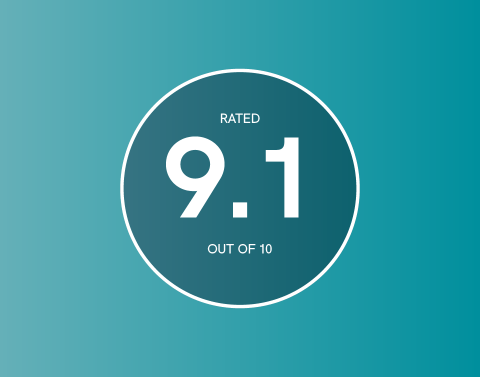Machine learning is a pervasive and ever-evolving part of the commercial arena, with more and more sectors utilising this innovative resource to enhance practice and boost capital.
Nowhere is this more evident than in the investment sector, where a growing number of computer-driven hedge funds have been leading the market into previously unexplored territory.
At present, there are three systematic hedge funds – Citadel, DE Shaw and Two Sigma – in the top 10 of all-time highest-performing hedge funds. This shows a clear link between the advent of systematic strategies, artificial intelligence and the application of alternative technologies in the investment process. But to what end?
To put this activity into context, we first need to understand when and why it became an established trading method within the industry. After 2016’s generally weak returns, fund managers began seeking new ways to leverage systematic investment strategies from big data sets. Turning to recent advancements in technology and applications of high-level mathematics, they found that new quantitative concepts and machine learning could extrapolate anomalies in the data otherwise invisible to the naked eye.
From that point, AI and machine learning have revolutionised the buy and sell side, with companies like JPMorgan Chase deploying robots to execute trades, and UBS developing robots to deal with their clients’ post-trade allocation requests. In recent years, low market volatility and increasing technology costs on the buy side have also squeezed profits – driving home the importance of scalable high-performance computing and AI technology in the fuelling of strategy, idea generation and profitability.
If we consider this environment with regards to current hiring attitudes, demand for quantitative strategists, machine learning specialists and low latency/high frequency developers has increased exponentially since 2016. Today’s firms are seeking quantitatively and technologically gifted individuals to interpret and monetise large data sets. Another desired trait in candidates is the ability to implement the latest system architectures, which execute trading signals milliseconds faster than competitor platforms. With such requirements becoming a critical part of this space, functional programming skills are now a necessity in candidates.
We believe the next leap into quantum computing will prove to be a battleground for the world’s technical elite. Current market conditions are already favouring versatile, AI-minded candidates, so the next couple of years will certainly be interesting as the buy side steps up its efforts to ensure it doesn’t lose talent to technology powerhouses like Google, Facebook and Microsoft.
To gain more insight on front office quantitative analytics, research and technology in the financial world, contact Denesh Gnanalingam, Managing Consultant, on +44 (0)203 861 9140, or denesh.gnanalingam.ojassociates.com, or Tom Ogden, Consultant, on +44 (0) 203 861 9131, or tom.ogden@ojassociates.com.



